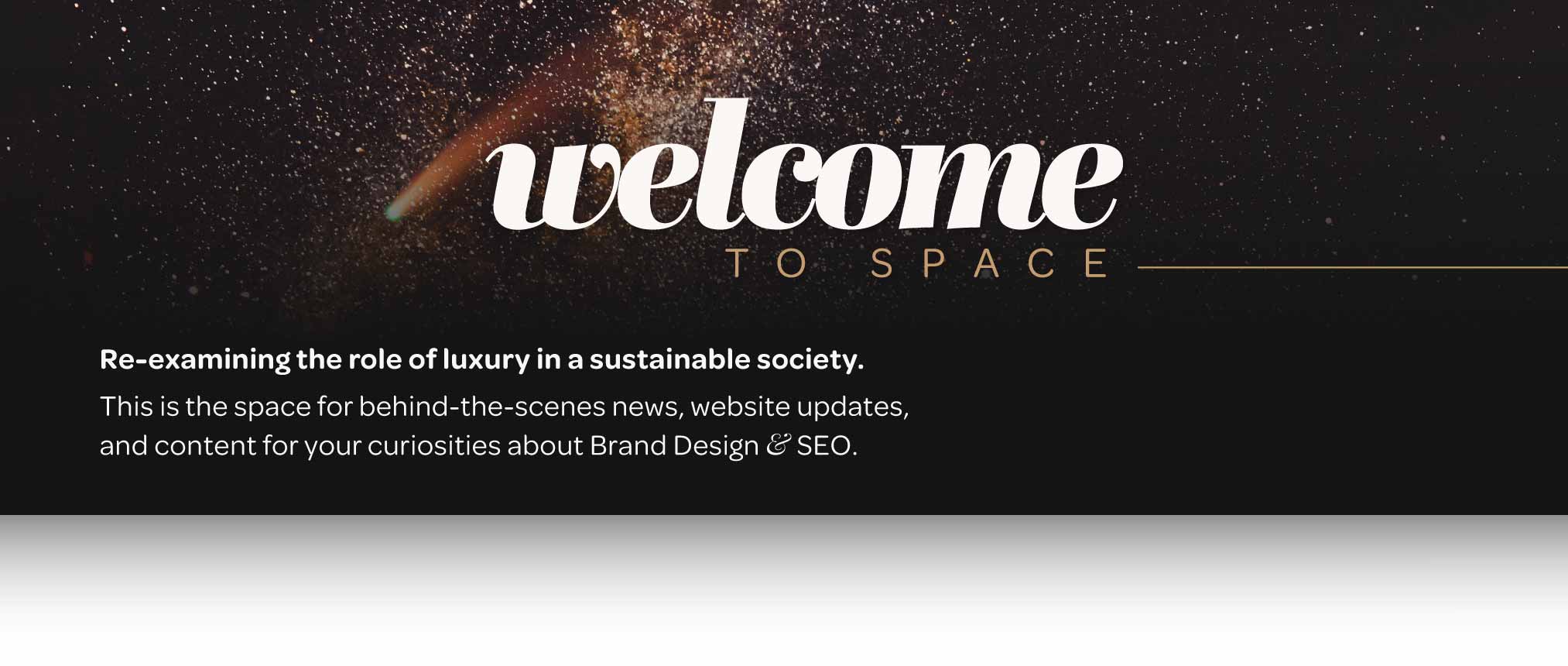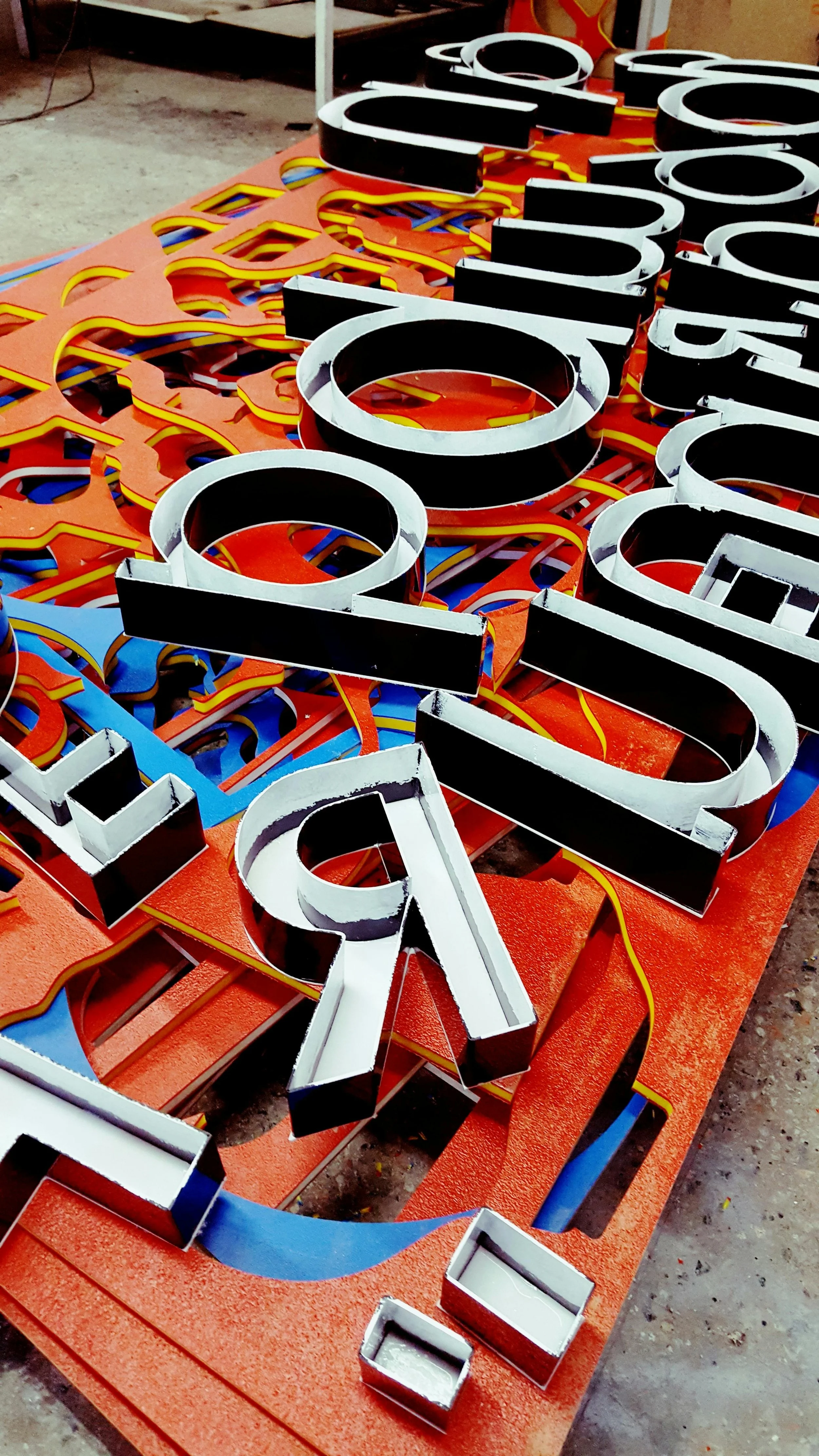Every brand designer is a graphic designer, but not every graphic designer is a brand designer.
Miami designer Victoria Zade, photographed by Alice Ray Photo
The difference: Graphic designers focus on a project-based visual design based on existing brand guidelines. Brand designers, however, create those brand identity guidelines.
Graphic design is filled with dozens of disciplines within it. While brand designers focus on identity, guidelines, and marketing strategy, their work goes beyond just logo design. They conduct strategic development and holistic creation of a brand's visual identity. These are the responsibilities of a Brand Designer:
Market Analysis: Before designing visual elements, brand designers often explore the brand’s unique selling propositions (USPs), target audience demographics and psychographics, market positioning, and competitive landscape. This understanding helps inform the visual identity and effectively communicates the brand’s values, personality, and positioning.
Logo Design: Creating a unique and memorable logo that embodies the essence and values of the brand while sticking out to the targeted audience’s behaviors and preferences.
Brand Identity Development: Developing a cohesive visual identity system that includes color palettes, typography, iconography, and imagery guidelines that support and enhance strategic marketing efforts.
Brand Style Guidelines: Documenting and communicating the brand's visual identity rules and standards to ensure consistency across all brand communications when collaborating with marketing strategists or outsourced vendors.
Visual Assets Creation: Designing various visual assets such as graphics, illustrations, patterns, and icons that align with the brand's identity and play a crucial role in visual storytelling, translating brand narratives and messages into compelling visual elements.
Brand Strategy: Collaborating with clients to understand their brand's goals, target audience, and market positioning to inform the visual identity strategy.
Brand Storytelling: Creating visual narratives that convey the brand's story, mission, and values through design elements. This storytelling aspect is closely tied to how the brand communicates its value proposition to the market.
Collateral Design: Overseeing the design of all brand collateral, ensuring it aligns with the established visual identity. This includes stationery, packaging, signage, and other printed materials. This article offers a more comprehensive list of Collateral Design below.
Environmental Design: Conceptualizing and designing branded environments such as retail spaces, offices, and event spaces to create immersive brand experiences that are aligned with the entirety of all brand marketing touchpoints.
Digital Branding: Translating the brand identity into digital platforms, including website design, mobile apps, social media profiles, email templates, and digital advertisements.
Brand Consultation: Providing strategic guidance on how design decisions can reinforce brand positioning and achieve business objectives.
Brand Refresh or Rebranding: Leading the process of refreshing or completely redefining a brand's visual identity to stay relevant and competitive in the market.
Collaboration: Working closely with other creatives and stakeholders, including copywriters, marketers, and web developers, to ensure cohesive brand execution across all channels.
Photo by Antoni Shkraba
Once a logo is made, everything else needs to be created for a business. This encompasses a wide range of materials across various categories known as Collateral Design:
Stationery
Letterhead, business cards, invoicing, small products such as pens, stamps, stickers, etc.Marketing
Brochures, flyers, price lists, menus, reports, package design, annual reports, banners, etc.Sales
Powerpoint presentations, pitch decks, sales sheets, product catalogues, proposals, etc.Signage
Vehicle, window clings, directional and wayfinding signage, billboards, posters, etc.Digital
Social media graphics, email templates and signatures, website graphics, digital ads, infographics, video graphics, app interface design (if applicable), etc.Corporate
Software interfaces, employee training videos or manuals, corporate presentations, internal communications, etc.Apparel/Products
Branded apparel like jackets, hats, shirts, uniforms, bags; and promotional items such as mugs, keychains, USB drives, measuring tape, kuzis, etc.
Photo by Meta Dizayn
Visual Identity/Brand Identity Design: Creating logos, brand guidelines, and visual elements that represent a brand's identity.
Print Design: Designing for printed materials such as brochures, posters, magazines, and packaging.
Digital/Web Design: Designing for websites, user interfaces (UI), and user experience (UX) to ensure effective online presence and interaction.
Typography/Typography Design: Designing and arranging typefaces to enhance readability and visual appeal.
Motion Graphics/Animation: Creating animated and dynamic visuals for videos, websites, and multimedia presentations.
Illustration: Creating original artwork and visual representations to convey messages or enhance designs.
Advertising Design: Designing visuals for advertising campaigns across various media channels.
Environmental/Experiential Design: Designing for physical spaces, exhibitions, events, and environmental graphics.
Packaging Design: Creating attractive and functional packaging for products.
Publication Design: Designing layouts and visuals for books, magazines, and newspapers.
User Interface (UI) Design: Designing the visual elements of digital interfaces to ensure usability and visual consistency.
User Experience (UX) Design: Enhancing user satisfaction by improving usability, accessibility, and overall experience with a product or service.
Infographic Design: Creating visual representations of information, data, or knowledge to simplify complex concepts.
Icon Design: Designing small, symbolic images or icons that represent concepts, actions, or objects.
Social Media Graphics: Creating visuals tailored for social media platforms to engage audiences and promote content.
Corporate Design: Designing for corporate communications, including annual reports, presentations, and internal documents.
Signage and Wayfinding: Designing signs and directional systems for effective navigation in public spaces.
Interactive Design: Designing interfaces and visuals for interactive media, such as games, apps, and interactive installations.
Data Visualization: Designing visual representations of data to communicate insights and trends effectively.
Responsive Design: Designing interfaces and visuals that adapt to different screen sizes and devices for seamless user experience.
Understanding the distinct roles of brand designers and graphic designers is essential for businesses aiming to create a cohesive and impactful brand presence. While graphic designers bring creative concepts to life through various visual projects, brand designers lay the foundational identity that guides all creative efforts. Graphic designers create visual content for specific projects, while brand designers develop the overarching brand identity and guidelines.






